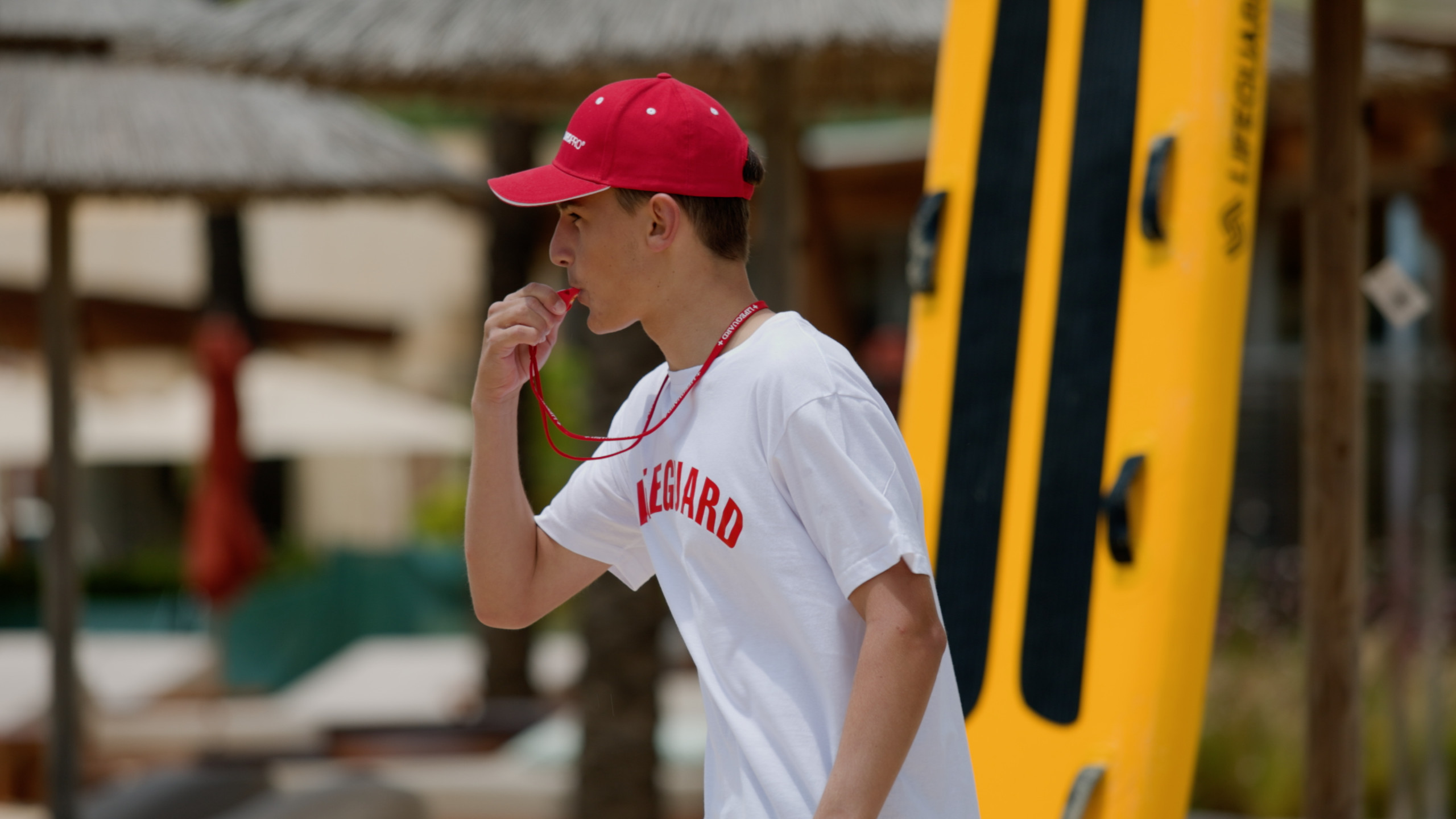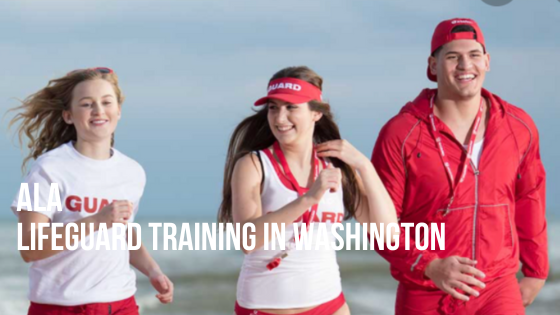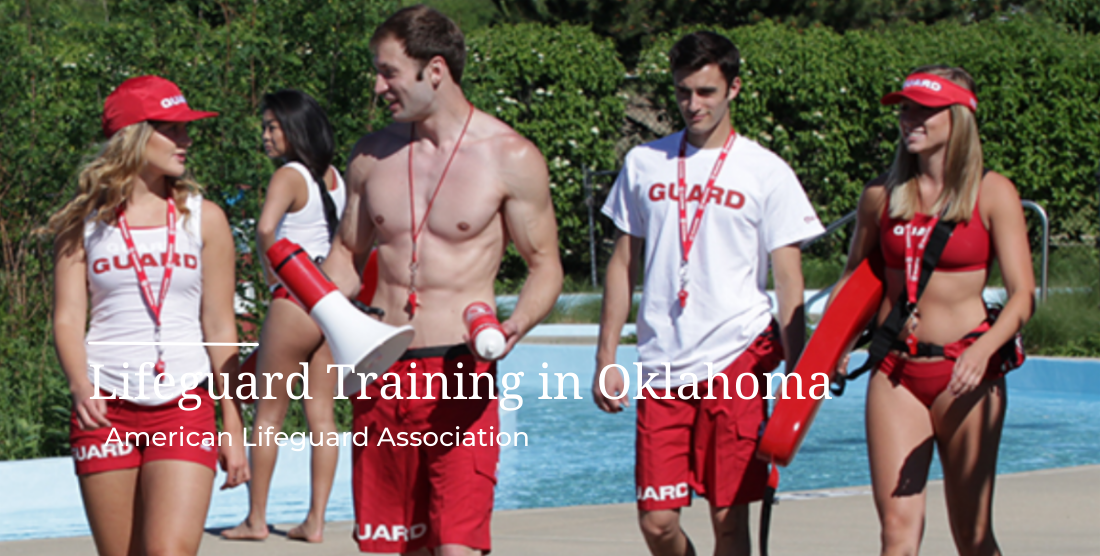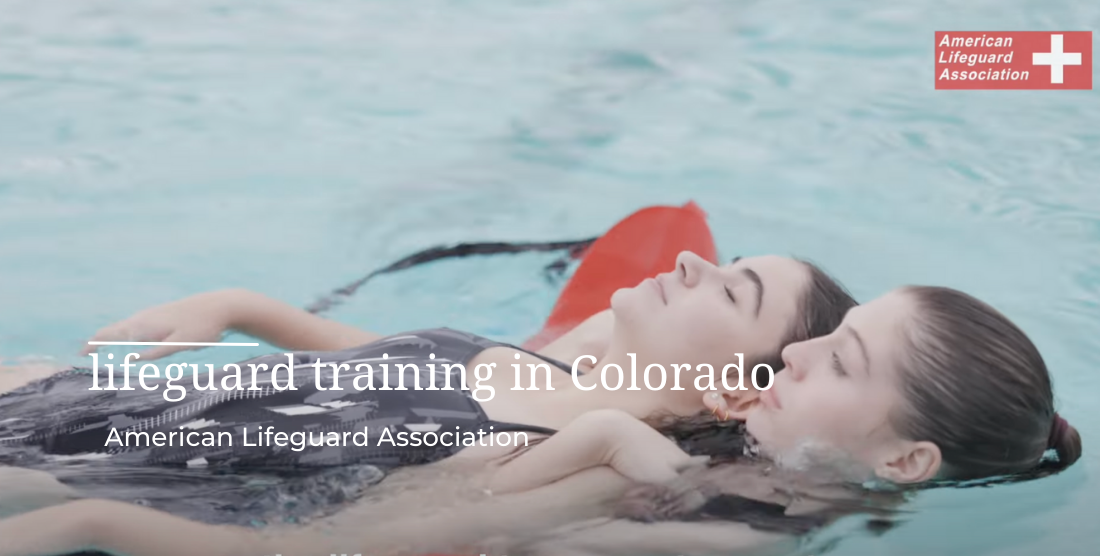Lifeguard class and training come with different skills and responsibilities, with saving lives and ensuring a safe environment for the swimmers being the main target of every lifeguard training program at the American Lifeguard Association. Our training programs are considered equivalent to the American Red Cross training programs by the US Labor Department.
We have different types of lifeguard training courses prepared for different skilled swimmers and for different types of aquatic environments. You should be looking for certain things in a lifeguard training provider that is discussed here.
ALA Certification
Lifeguard training from a reputable training facility should be the first and foremost thing on your mind when you decide to enroll in a lifeguard class and training program. When choosing to go for lifeguard training, it is evident that you want to help save lives in an aquatic environment, i.e., swimming pools, water parks, and beaches.
After finishing your training, you would be looking for a job as a lifeguard at some water facility where people need the services of a lifeguard to help them in case of a water emergency. The American Lifeguard Association is the best choice. They offer some of the best training programs and have been found by the United State Labor Department to be similar to the American Red Cross training program.
Reputed training provider:
The reputation of the lifeguard training provider also matters when it comes to getting a job at a good public or private water facility. The American Lifeguard Association is a very respectable reputation nationwide. It has been quoted in many magazines and newspapers on awareness of water safety and other crucial aquatic environmental issues. ALA also has been featured on national news channels to give their opinion on water safety measurement.
When it comes to getting registered with some reputable association for lifeguard training, ALA is at the top of the list. The lifeguard certification for lifeguard training issued by the American Lifeguard Association ensures the standard of lifeguard training, and the certificate holder is qualified to be positioned as a lifeguard. ALA is recognized nationwide as providing training programs equivalent to the Red Cross.
Some of the basic lifeguard training skills include the following:
- Shallow and Deepwater lifeguard training
- First Aid/CPR
- Lifeguarding Certification Course
Here we will take a look at shallow and Deepwater training required to be a lifeguard.
Shallow and deep water lifeguard training program
Shallow Water Training program:
A shallow water lifeguard is someone who assists a person in a swimming pool with a depth of fewer than 5 feet. A deep water lifeguard is someone who works at a swimming pool where the water is over 5 feet deep.
Before you begin training to become a shallow water lifeguard, you need to meet particular qualifications, including the following.
- Age: Certified shallow water lifeguards need to be at least 15 years old, which means you need to be 15 or turn 15 years old by the end of the course.
- Swimming skill: Naturally, your ability to swim is vital to becoming a lifeguard of any kind. Before you qualify for shallow water lifeguard training, you will need to demonstrate the ability to swim 100 yards with controlled breathing. This prerequisite allows for freestyle or breaststroke, but not backstroke or sidestroke. During this test of your swimming ability, you can use goggles.
Deep Water Training programs:
The deepwater lifeguard training program includes more extensive training. Prerequisites: Minimum age: 15 years; Swim 300 yards continuously; Tread water for 2 minutes using only the legs; Complete a timed event within 1 minute, 40 seconds by starting in the water, swimming 20 yards, surface dive to a depth of 7 to 10 feet to retrieve a 10-pound object, return to the surface and swim 20 yards on the back to return to the starting point, exit the water without using steps or a ladder.
Water safety is essential in a lifeguard job. It is important to enforce the facility rules properly, be tentative to the swimmers and patrons, and be aware of the signs and symptoms of drowning.
First aid is an important part of a lifeguard’s job. Lifeguards are trained to provide emergency first aid and CPR for people who need it in case of swimming hazards. First aid training can help you to help others and prevent yourself from becoming injured.
Emergency Management is the responsibility of a lifeguard. The lifeguard must be responsible for the safety of swimmers and surfers during his shift. The job’s most important aspect is ensuring the public’s safety.
A lifeguard is trained to perform rescue services in water. A lifeguard is usually a trained swimmer responsible for swimmers’ safety during swimming activities, including the rescue of swimmers from drowning.
CPR involves giving the victim chest compressions and breaths until an AED or emergency medical services arrive. Automated External Defibrillators or AEDs treat people whose heart has stopped.
Both are part of the lifeguard training to enable the lifeguards to handle cardiac emergencies in aquatic conditions.
Lifeguard class and training for beaches or should we use the more professional term ‘deepwater lifeguard training’ includes several training drills and exercises to make you physically and mentally a strong person and stay calm in all kinds of situations.
We have discussed some of the basic things about the lifeguard class and training programs. Still, once you register for a training program with the American Lifeguard Association, you get the full information on how to complete the program to become a certified lifeguard.
Final Words:
Being a lifeguard is a critical job; therefore, special attention should be paid when selecting a training program. The American Lifeguard Association has been training lifeguards for more than 30 years, and our training programs and certification is recognized nationwide.
We have trained over a quarter a million lifeguards worldwide. Don’t hesitate to contact us if you are looking for lifeguard training or have questions about the course or training program.











